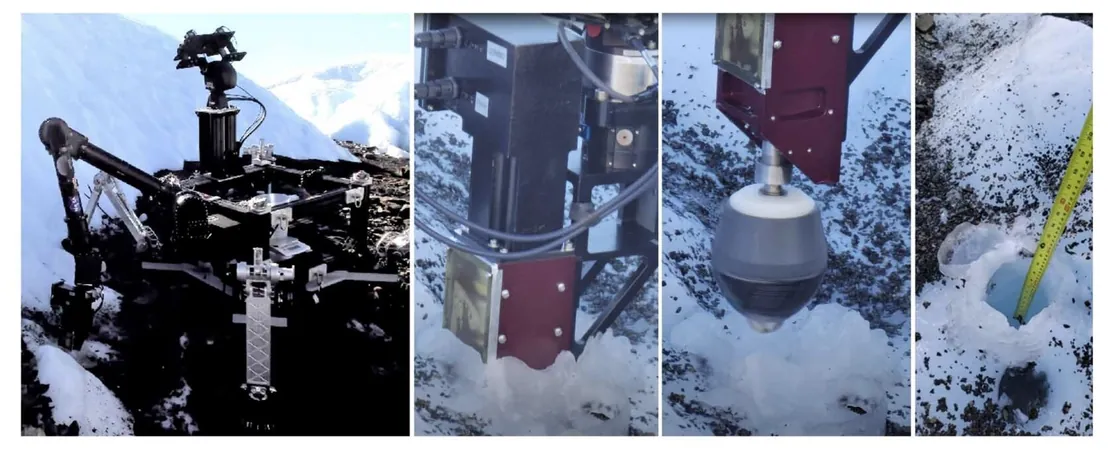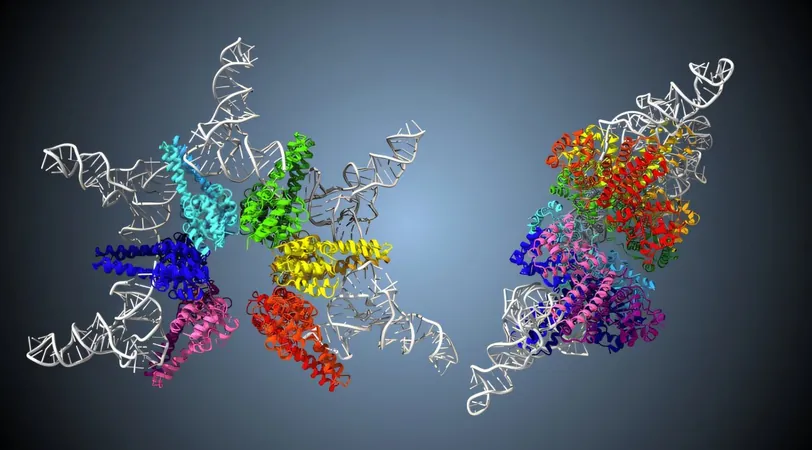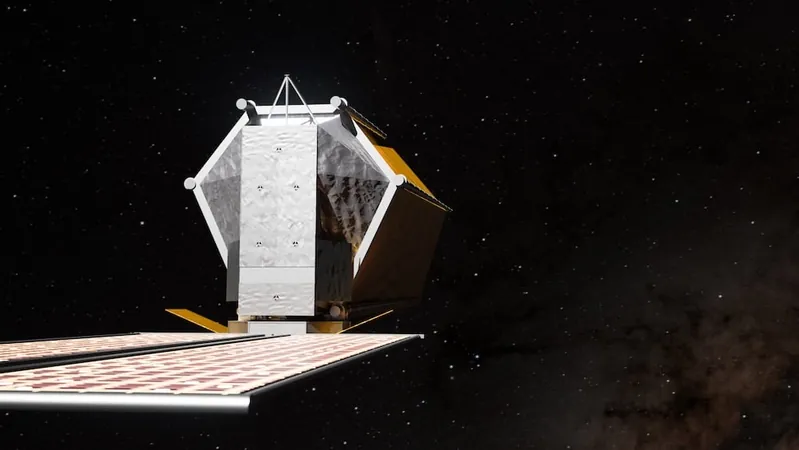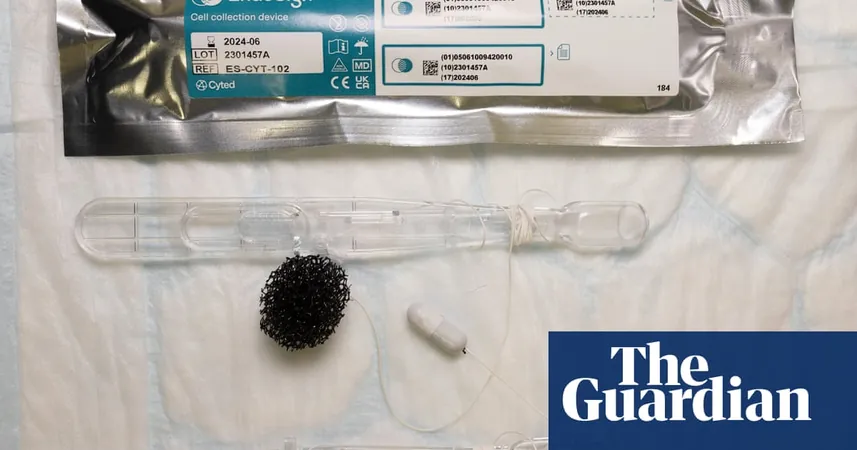
Could a Europa Lander Robot Rewrite the Rules of Cosmic Exploration on Enceladus?
2025-06-02
Author: Jacob
NASA's Ambitious Robot Plans Shift Focus from Europa to Enceladus
In a thrilling turn of events, engineers at NASA's Jet Propulsion Laboratory have reimagined their groundbreaking Europa Lander prototype—a partially autonomous robot originally designed to probe the icy crust of Jupiter's moon, Europa. This revolutionary concept may find its new home exploring the enigmatic Enceladus instead.
In a recent publication in *Science Robotics*, the dedicated team detailed the extensive decade-long effort behind their innovative robot, which is engineered to walk on icy surfaces rather than roll, allowing for unique mobility and the ability to drill beneath the moon's frozen exterior.
The Undeniable Allure of Icy Moons
For years, NASA scientists have set their sights on both Enceladus and Europa as prime candidates for extraterrestrial life exploration, given their hidden oceans beneath icy shells. The presence of liquid water bolsters the tantalizing possibility of life beyond Earth. However, sending a lander to these distant worlds poses significant challenges.
Both moons are considerably more distant than other landing sites like Mars, which extends travel and communication times. Europa, in particular, faces extreme radiation exposure and bone-chilling temperatures, complicating mission viability.
The Innovations Behind the Design
Despite these hurdles, NASA has committed to designing a robotic lander since 2013. The imaginative design features a four-legged robot built to stabilize itself on treacherous icy terrain, equipped with a stereoscopic camera, LED lighting, and a sampling drill.
Given the communication delays from such vast distances, this cutting-edge machine is packed with onboard autonomy, allowing it to execute tasks independently for hours on end.
Testing Triumphs and a New Direction
The team incorporated advanced protective materials against radiation, sophisticated sensors to maintain stability, and an intelligent computer-vision system to navigate the challenging environments. After rigorous simulations and lab tests, the robot was put to the ultimate test on Alaskan ice with promising results.
However, in a surprising twist, mission plans to Europa were canceled due to fears of high failure rates. Undeterred, the team is now advocating for this remarkable robot to embark on an adventurous mission to Enceladus, where new discoveries await.
While the journey into the cosmos is fraught with uncertainty, the pioneering spirit of NASA continues to shine, reminding us that the search for life beyond our planet is far from over.









 Brasil (PT)
Brasil (PT)
 Canada (EN)
Canada (EN)
 Chile (ES)
Chile (ES)
 Česko (CS)
Česko (CS)
 대한민국 (KO)
대한민국 (KO)
 España (ES)
España (ES)
 France (FR)
France (FR)
 Hong Kong (EN)
Hong Kong (EN)
 Italia (IT)
Italia (IT)
 日本 (JA)
日本 (JA)
 Magyarország (HU)
Magyarország (HU)
 Norge (NO)
Norge (NO)
 Polska (PL)
Polska (PL)
 Schweiz (DE)
Schweiz (DE)
 Singapore (EN)
Singapore (EN)
 Sverige (SV)
Sverige (SV)
 Suomi (FI)
Suomi (FI)
 Türkiye (TR)
Türkiye (TR)
 الإمارات العربية المتحدة (AR)
الإمارات العربية المتحدة (AR)